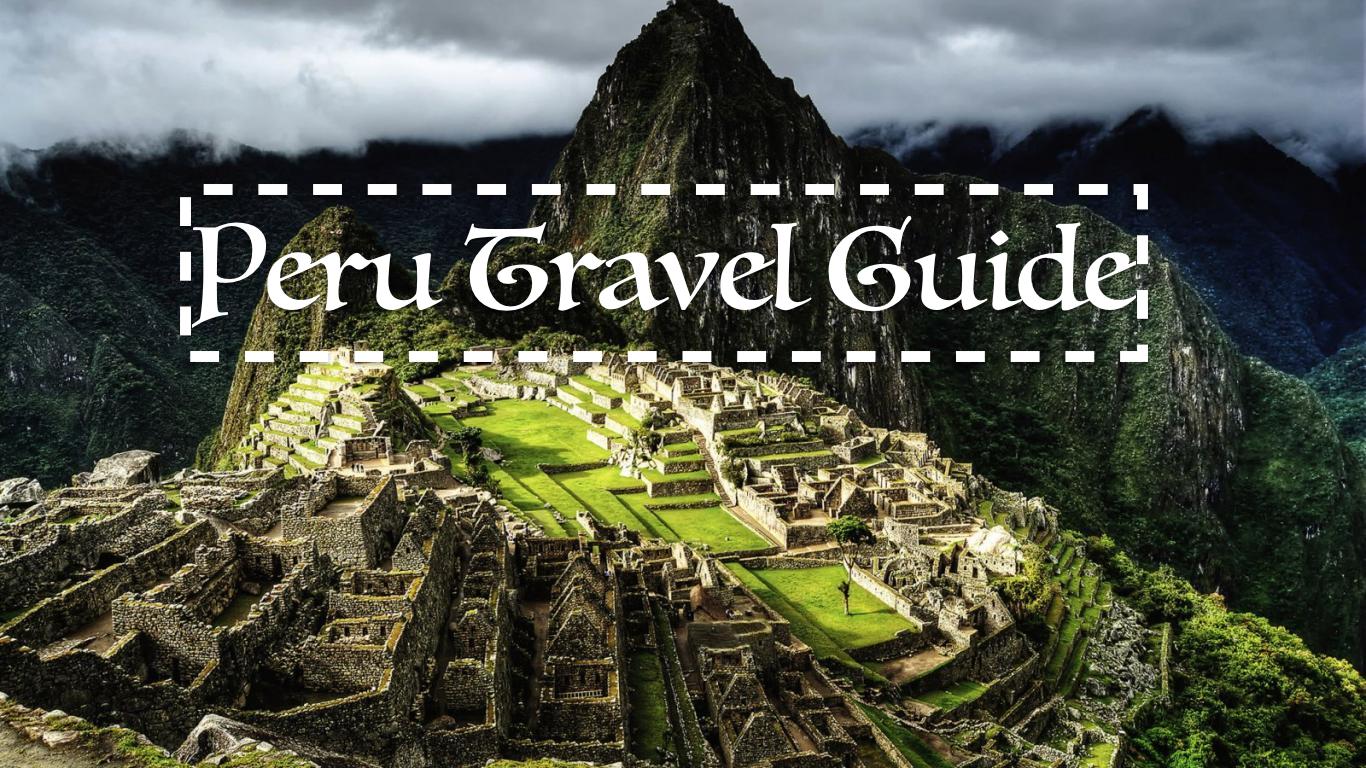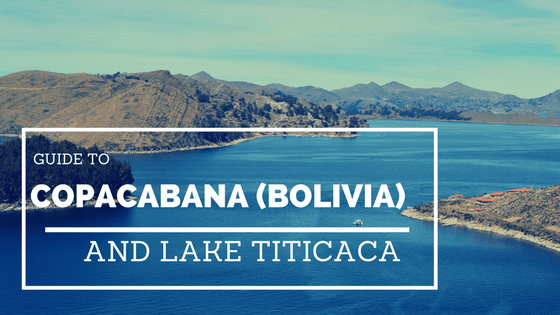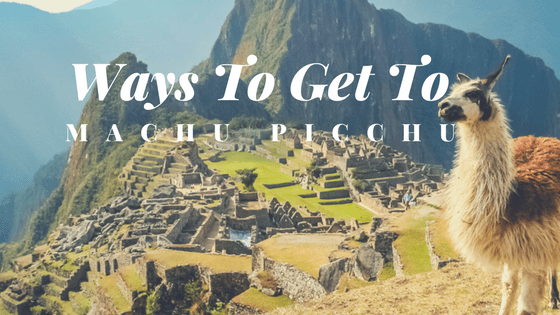Peru is one of the most visited countries in South America. It is home to Machu Picchu, one of the seven wonders of the world. The capital city, Lima is known as the capital of South American Gastronomy. Peru has places with great historical significance. From unspoiled beaches in Mancora to Lake Titicaca, the world’s highest navigable lake in the south. This country has some of the other attraction at every turn. You would find these tips helpful to plan your dream trip.
Typical Cost
Accommodation:
You can find hostel dorm rooms for 8-12 USD per night. Private rooms cost 15-30 USD per night.
Book your hostel through the above-mentioned affiliate link, you won’t be charged anything extra, however, backpackways would get a referral bonus which would help me to maintain this site.
Food:
A typical set-lunch menu at the Central Market (Mercado Central) would cost S/.5 (USD 1.5 $). Most mid-range restaurants have menus from S/.15. A one-litre jar of fresh fruit juice at the Mercado would cost S/.3-10 (USD 1-3$)
Transportation:
A bus is the prime mode of transport. A one-way ticket would cost 80 centavos. In some regions like Puno and Huaraz, there are moto-taxis (tuk-tuk) priced at S/.2 per trip.
Long distance buses would cost 20-50 USD, flights are reasonably cheap if booked well in advance.
busportal.pe is the best website to compare prices and buy tickets.
Money Saving Tips
Get a student card:
Carry your student card with you while visiting tourist attractions across the country including Machu Picchu and Sacred Valley to get discounts.
Tourist Pass:
While in Cusco get a tourist pass, a tourist pass would grant you an entrance to 13 attractions in total, most within the city and a few like the sacred valley on the outskirts. TA tourist pass could be bought from any travel agency in Cusco.
Foreigners: S./ 130.00 approx. (US $ 43.00)
Students: S/. 70.00 approx. (US $ 23.00)
(only for students under 26 with ISIC Cards)
Things to see and do in Peru
Get lost in Machu Picchu:
Machu Picchu should top the list of attractions in Peru. To many travellers, a visit to this familiar icon of Inca Civilization is the most awaited highpoint of their trip. Machu Picchu is the best-known archaeological site in South America, if not the world. This impressive ancient city was never revealed to the conquering Spaniards and was virtually forgotten until the early part of the 20th century.
Do a homestay at one of the islands on the world’s highest navigable lake:
Lake Titicaca in Puno is the world’s highest navigable lake with a surface elevation of 3,812 meters (12,507 Ft) straddles between the border of Peru and Bolivia. Three islands on the Peruvian side are open for tourism including the renowned Uros floating islands. There are different types of tours available, however, spending a night at one of these islands with locals would be the best way to experience their way of living.
Trek through the deepest canyon in the world:
Colca Canyon in the southern part of the country, near Arequipa, is one of the deepest canyons in the world. It’s twice as deep as the Grand Canyon in the USA. Colca Canyon is home to the Andean condor (Vultur gryphus), a species that has been the focus of worldwide conservation efforts. These condors can be seen at a close range as they fly past the canyon walls.
See the geoglyphs:
The Nazca Lines are mysterious geoglyphs that span a vast swath of the rugged Peruvian desert, it remains an enigma. Some believe that these lines were a landing strip for returning aliens while some say it represents a celestial calendar created by the ancient Nazca civilization.
Visit the poor man’s Galapagos:
Ballestas islands or Isla Ballestas are a group of small islands located near Paracas in Southern Peru. These islands are an important sanctuary for marine fauna like the Blue-footed Booby, The Guanay cormorant bird and the tendril. Other notable species include two varieties of seals (fur seals and sea lions) and Humboldt penguins amongst other mammals.
Immerse yourself in the capital city:
The capital of Peru, Lima is a perfect blend of modernity and history. The wide lanes and skyscrapers with plazas lined with coffee shops and burger joints sits a few blocks away from historic churches and colonial houses. One of the most visited churches is UNESCO’s world heritage site San Francisco Church and Convent. The church is known for its catacombs where over thousands of skulls and bones were discovered. Some people believe that there was a secret passageway that connected to the Cathedral and the Tribunal of the Holy Inquisition.
Get a picturesque view of the blue lagoon:
Laguna 69 is a prominent attraction located near Huaraz. The blue lagoon is one of the more than 400 lakes that form part of the Huascarán National Park which is considered Biosphere Reserve and World Heritage Site by UNESCO. The breathtaking turquoise lake is hugged by snowy mountain peaks, jagged rocks and trickling waterfalls and is located 4,600 metres above the sea level.
Relax on a beach in Mancora:
Mancora is a resort town in Piura. It is known for its pristine sandy beaches and large waves which makes it a surfer’s paradise. On the Southeast of the town, La Poza de Barro hot springs and mud baths are worth visiting.








I really hope I will be able to see Machu Picchu this year. Very good aand helpful post!
Thank you Anamaria, glad to know that. Machu Picchu is one of the jaw dropping attractions in the country, also consider visiting Laguna 69 in Huaraz, it is absolutely stunning.
Excellent, how is it in regards to food for vegan/vegeterians?
There are markets (locally known as MERCADO) in every city where you can easily find Vegetarian food. There are also numerous vegan restaurants in every city.